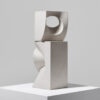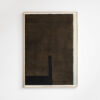In this interview series, I explore aesthetics in conversation with inspiring personalities from the fields of architecture, design, and art. My guests discuss what they consider aesthetic, and how their perception impacts both their own experience and the experience of those who view or use their work. In this edition, I had the honor of having a very inspiring conversation with Michael Anastassiades.
Michael Anastassiades is a Cypriot-born, London-based designer with more than two decades of experience in the design industry. His creations are characterized by a poetic yet rigorous interpretation of technology, material, and functions. He has collaborated with some of the renowned brands in the industry, such as Flos, B&B Italia, Herman Miller, Cassina, and more.
Anastassiades has a special fascination for light, which he explores through sculptural works that create new forms of lighting with a poetic touch. His design philosophy is to preserve the inherent qualities of materials. He draws inspiration from a variety of sources, including nature, archaic references to his native Cyprus, the history of Modernism, very personal memories, art, and everyday life.
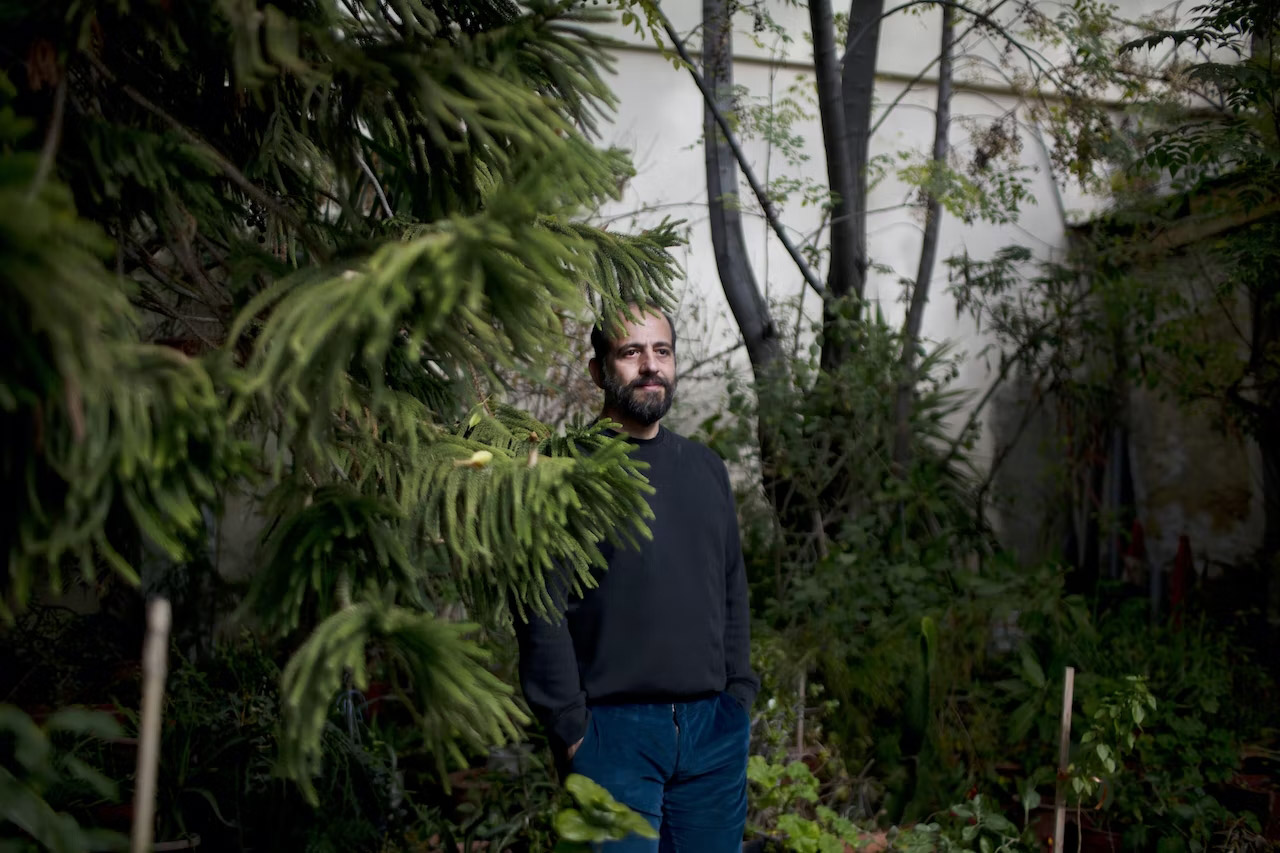
You once said that you’re a free spirit and you’ve never worked for anyone else after school. What is the most rewarding part of your work nowadays?
Michael Anastassiades: Well, the most rewarding part of it is that there is no compromise. So when I do something, I’m able to carry it through to the fullest extent. The fact that I would like to refer back to this independence, as you said, the sense that I didn’t have to kind of report to anybody at the time, made a choice that I was going to pursue my own career in design.
I was going to define the meaning of design in its purest application to myself as a designer and being able to execute things or define the role of design in our lives, but according to me and the way that it suits me. It’s without having to rely on anybody, other companies, or people to push me in a specific direction.
What do you perceive as aesthetic?
Michael Anastassiades: The definition of aesthetics is quite broad because obviously, it’s very much of a relative value. What’s aesthetic to me is to the best of my understanding, the sensitivities that I was brought up with, the environment that I grew up in, the values, and the qualities that I learned to cultivate, to the exposure that I put myself in terms of training, education, choices in my life.
So it’s very much a personal quality that everybody defines within themselves. Of course, your aesthetic qualities or your aesthetic judgment, it’s all somehow qualified, because, for anything that you do in life, you need an audience.
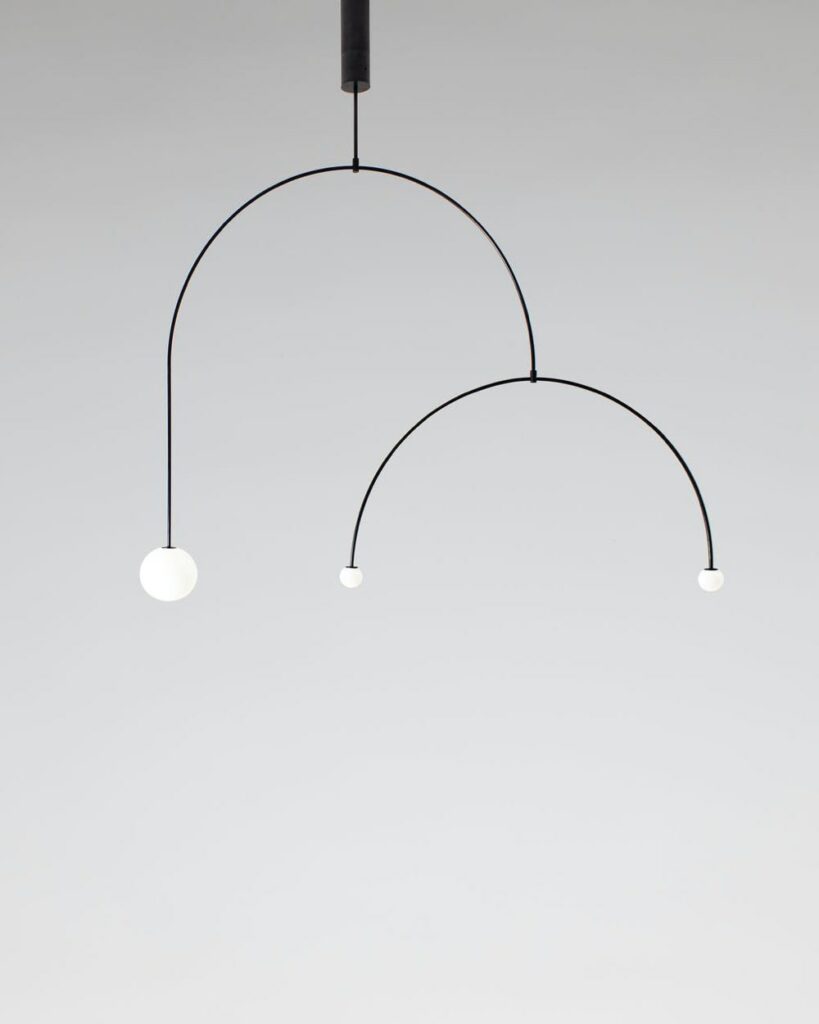
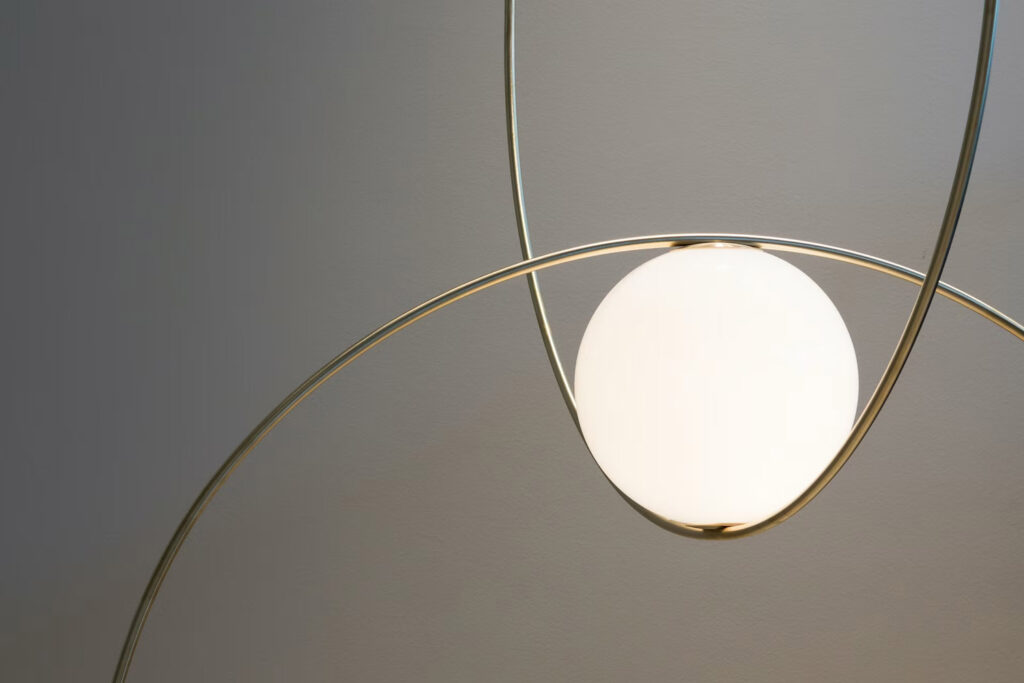
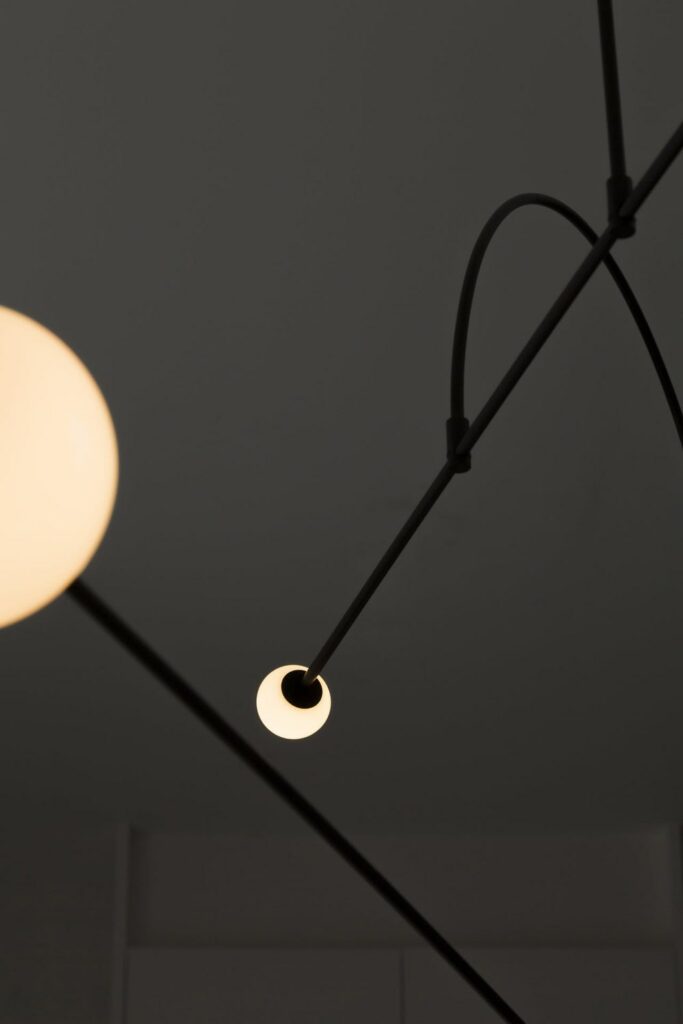
I think you make certain choices and then you have an audience. Now, how big and how broad your audience is and what defines the sophistication of your audience is again, very much of a relative sort of question.
The most important thing is, to answer your question specifically, to say that the value of aesthetics is something that is a personal value. And then obviously, there is certain sort of rules that you can pin something down to, but you cannot completely define them or be absolute about it, because it’s not really a formula necessarily for what defines aesthetic qualities and especially in design.
And so the reality is that who decides that my aesthetics have better valuation criteria than somebody else’s? It’s not an educational thing necessarily. It is something that is cultivated by you and your definition of what these values and those qualities are.
But is there something so aesthetically pleasing that you always have to stop and look again?
Michael Anastassiades: After a while it is instinctive. I think the important thing is to understand and appreciate the references that you put into this judgment, in a sense of really understanding how many layers are there in this judgment.
I think being conscious about it is a very, very important thing because that’s what actually gives it more depth rather than being very much an instinctive only instinctive reaction to something that I like it. I don’t like it. I think it’s beautiful. I don’t think it’s beautiful.
And of course, that judgment has a lot of weight in its own kind as well. But to arrive at that level of judgment of just being very much is an accumulation of all this knowledge that you have carried with you and you have defined that judgment from your life experience. When I started in design, I probably had to justify why my choice is this.
The values of aesthetic is something that is a personal value.
And then there would be the arguments that I could raise to you in analyzing how I made that call and how I defined that judgment for making something aesthetic. And I think the more experience you gain, the older you become, that instinctive experience is almost like a very spontaneous reaction to something. But of course, it doesn’t mean that it has less weight. It has exactly the same research, but it’s the accumulation of all these years of experience that you’ve had in defining the aesthetic values in design.
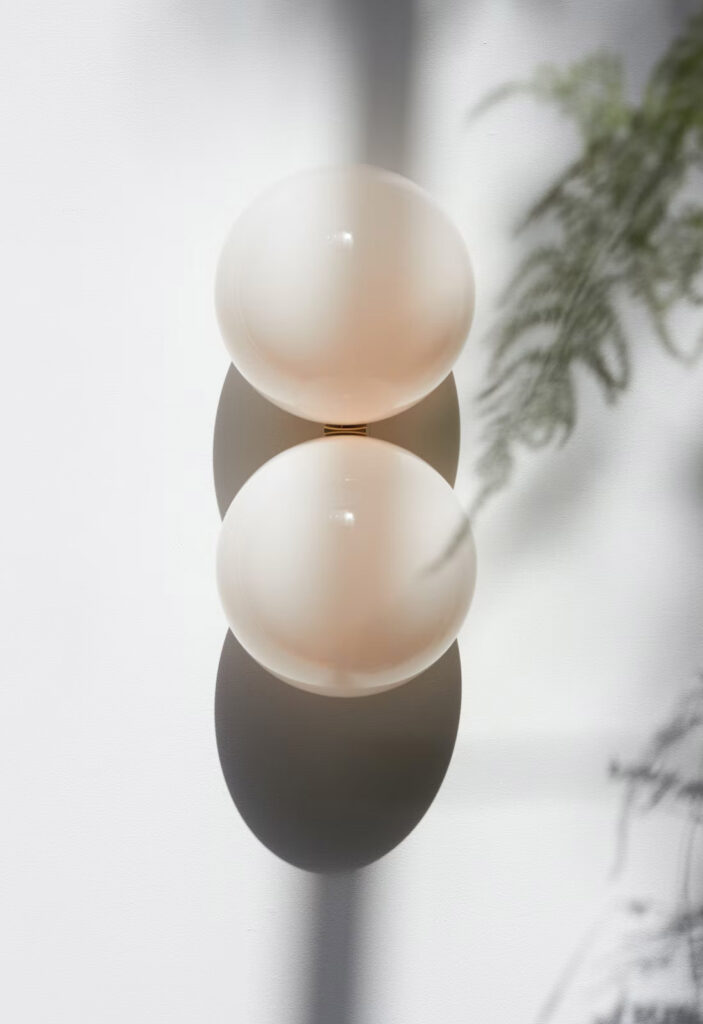
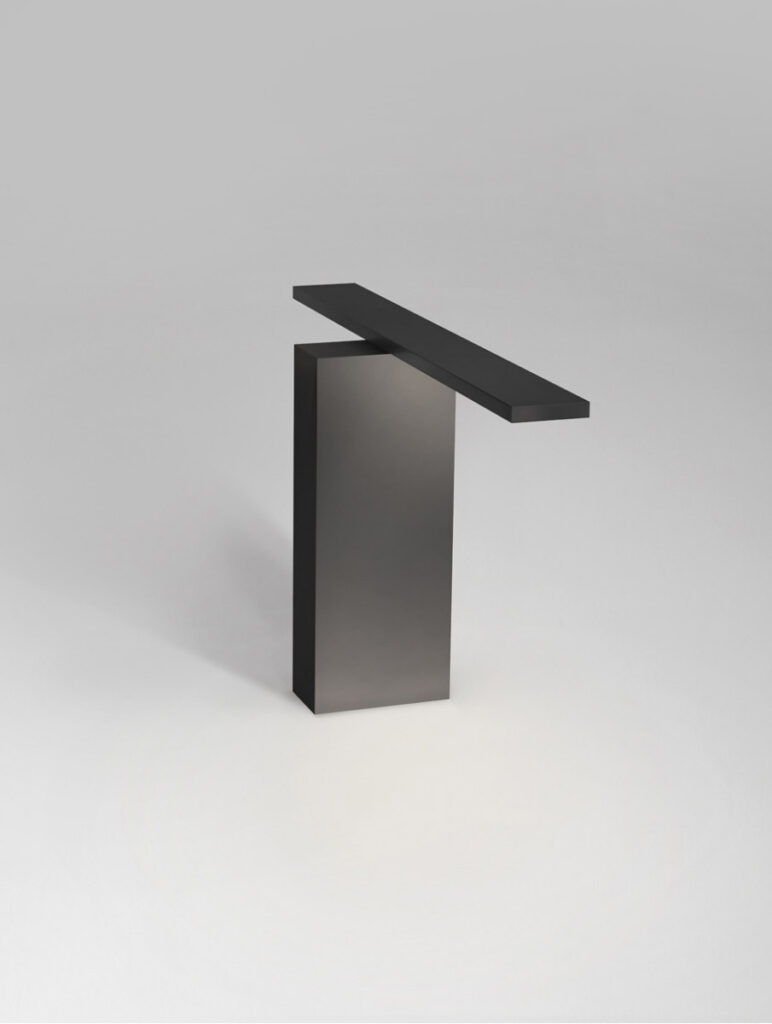
So do you think there is something like a creative intuition?
Michael Anastassiades: I don’t think you can isolate it as much as intuition. And I cannot say that intuition is really something that is independent completely of personal experiences. Because how can you isolate something?
I mean, you are a certain person because of all these experiences that you had in life, you have defined your judgment, even your instinctive reaction to something because of all this knowledge you carry with you.
And I think your reaction towards something would have been very different 20 years ago, 30 years ago, or 10 years ago. It is very much the moment that you are trying to absorb some information and a reaction towards that information that you’re absorbing is very much what you define as an intuitive reaction to something.
I disagree that it is instinctive in the sense that it is a reflex. Reflexes are innate survival reactions, and I don’t think that aesthetics can be defined as such.
Do you think you can train this intuition for your design process?
Michael Anastassiades: To a certain degree, absolutely. And there are certain parameters that you can define these qualities and form the bigger picture of what you call aesthetic intuition. But after a while, I think that definition becomes a little bit more blur.
You must dedicate yourself to training. It is important to isolate and comprehend certain concepts. However, the formula may not always be clear. And the more knowledge you accumulate and the more you expose yourself to things and experiences, the more your intuition changes.
Either it can become more absolute, making your judgment stronger, or it can become more open-minded, giving room for more things to exist in a sort of “gray area”.
But in terms of your own justification, I think it’s also still the same in terms of what you choose personally to create rather than allowing creativity or judging creativity from other people.
Are you more absolute or open-minded?
Michael Anastassiades: I can assure you that I can be quite absolute. But I can assure you that also with experience and time, I learned to allow other things to exist. But at the same time, at least in terms of my own judgment, I’m much more certain that this is the correct one. But I cannot define what is correct for other people. So I’m more open-minded to what exists around me.
I cannot define what is correct for other people. So I’m more open minded to what exists around me.
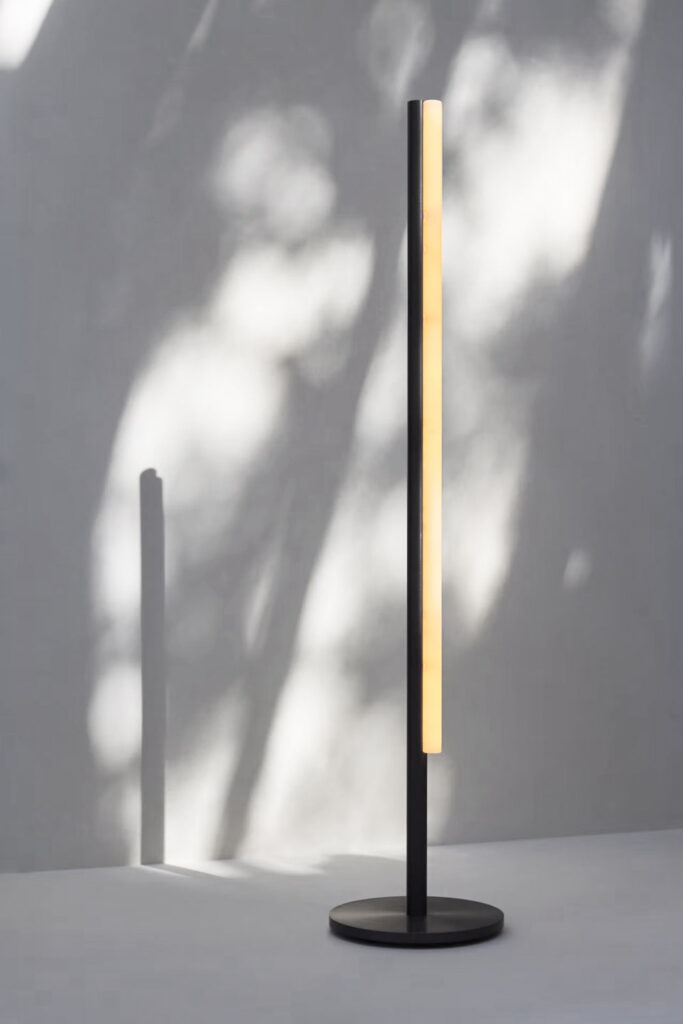
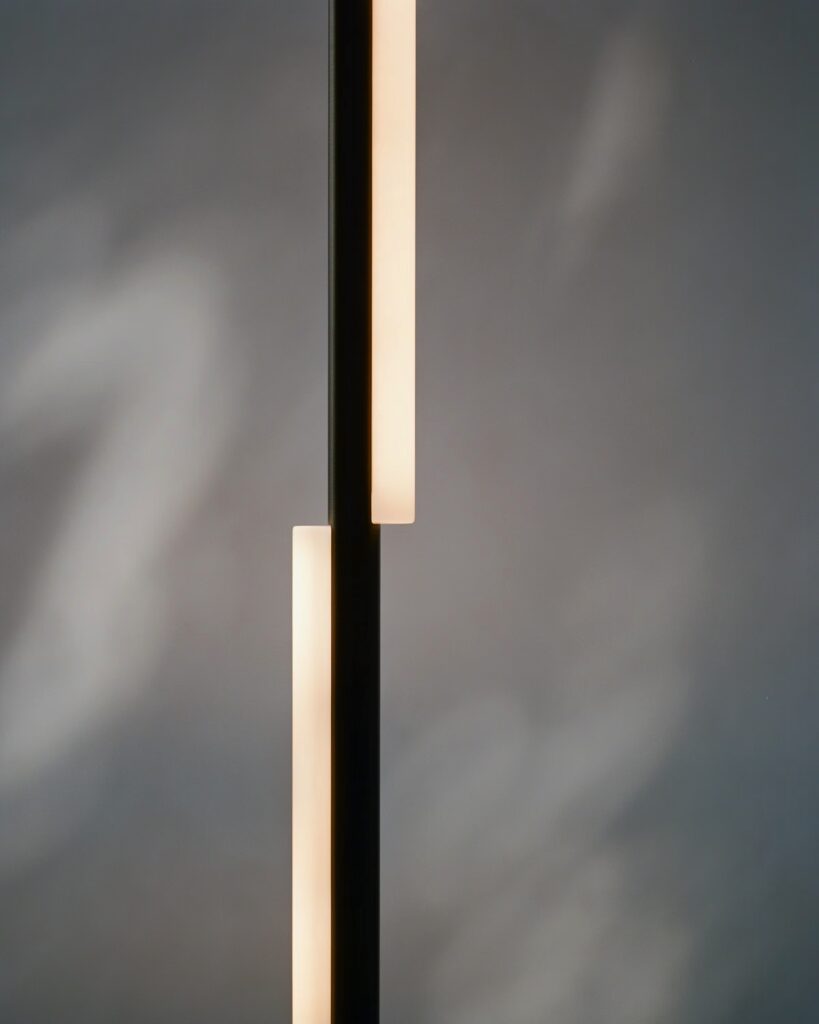
You once said that timelessness is something you always try to aim for in your designs. How do you define timelessness or timeless aesthetics?
Michael Anastassiades: If you look at timelessness, it’s more about really allowing the object or something to survive time. And this is the definition of timelessness or at least the way that I define it.
I believe that timelessness can be achieved through simplicity of form. When something has fewer details, it is more likely to remain strong in its communication and can appear to be ageless. So therefore it has more chances to become timeless.
If you look at materials that change with time, such as wood and metal, they acquire a natural patina over time. This means that no matter what period they are placed in, these materials will always remain relevant.
When something has fewer details, it is more likely to remain strong in its communication and can appear to be ageless.
Another factor for the timeless quality of a product is achieved through familiarity. Rather than shocking by something completely new, it is better to be more familiar with the product. This helps maintain the novelty of the product for an extended period of time, instead of becoming something not so new after a few years. It gets stigmatized as very much associated with that specific time that it was created because it was so new, it was so revolutionary that it was shocking the world about it with it.
But then it becomes very much about time. So when you introduce familiarity is the fact that familiarity is relatively the same over an extended longer span of time, and therefore allows you to achieve timelessness in an object.
These are how I would define the three main categories that define timelessness.
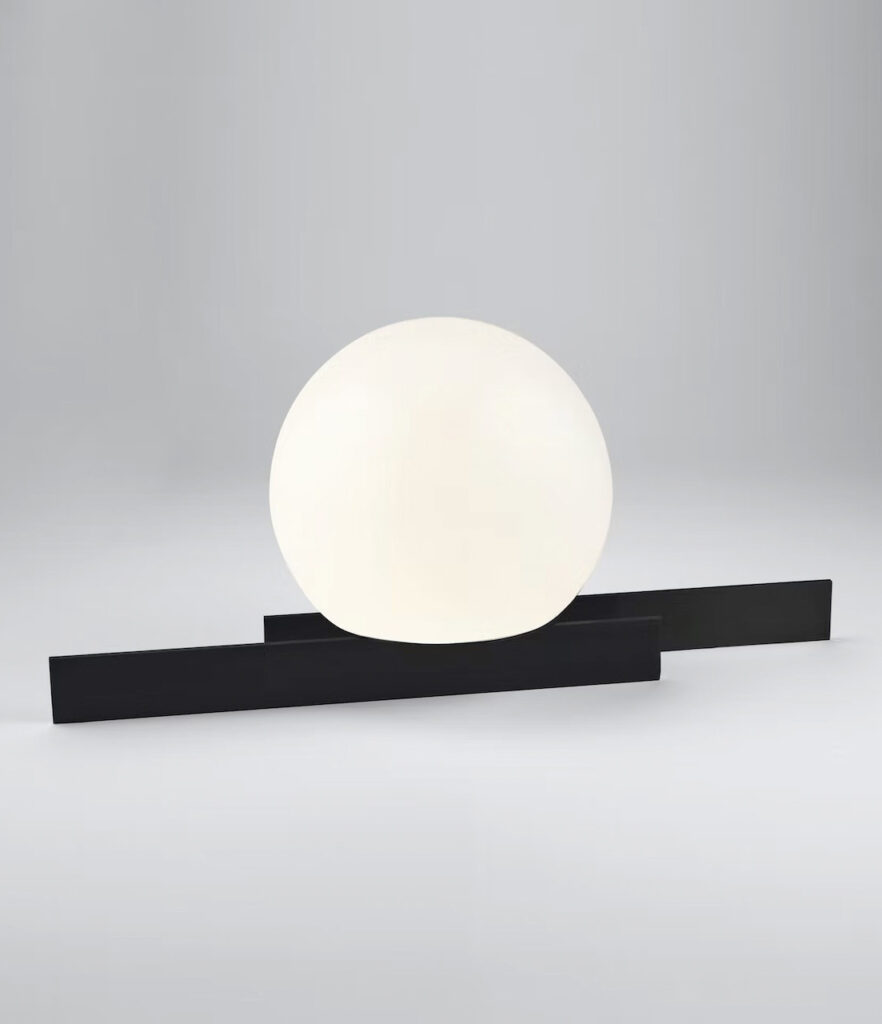
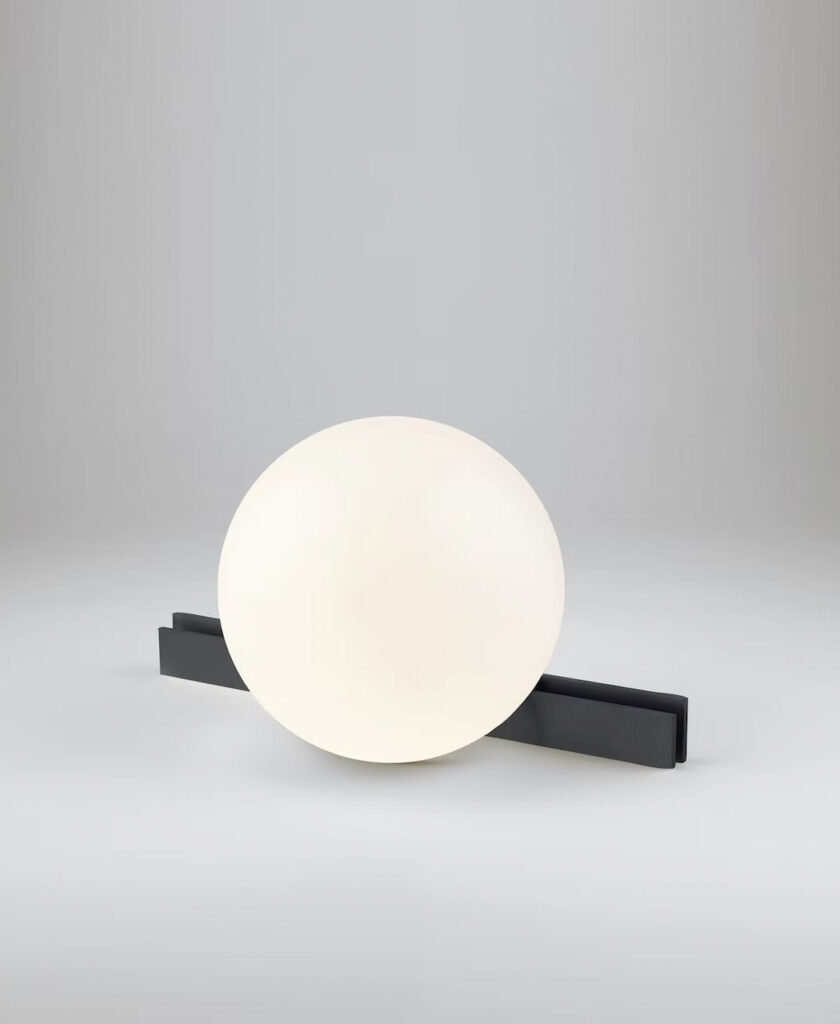
What makes something art in your opinion?
Michael Anastassiades: I don’t distinguish between things. I think for me, the sense of defining an object that has aesthetic qualities is how you define creativity, whether you call it art or design is irrelevant for me – it’s the fact that it serves a certain function.
And the aesthetic side of that function is very much a big part of it. I mean, I call myself a designer and not an artist because I’m trained in design. So I believe in design as well, very much so. So the idea that there is a blur in the boundaries, yes, I can accept it. But I don’t like to call something either one or the other. I would prefer to have a broader definition of something creative.
What makes the design for you? Is it the big picture or is it the detail?
Michael Anastassiades: Everything. Absolutely everything. I mean, I can’t think you are able to separate one from the other. I think the detail is very important. The bigger picture is important. Everything is important. And it has the same weight. You cannot say this is more important than the other.
So if the big picture isn’t very convincing at all, is the detail more important?
Michael Anastassiades: The detail is never going to save it.
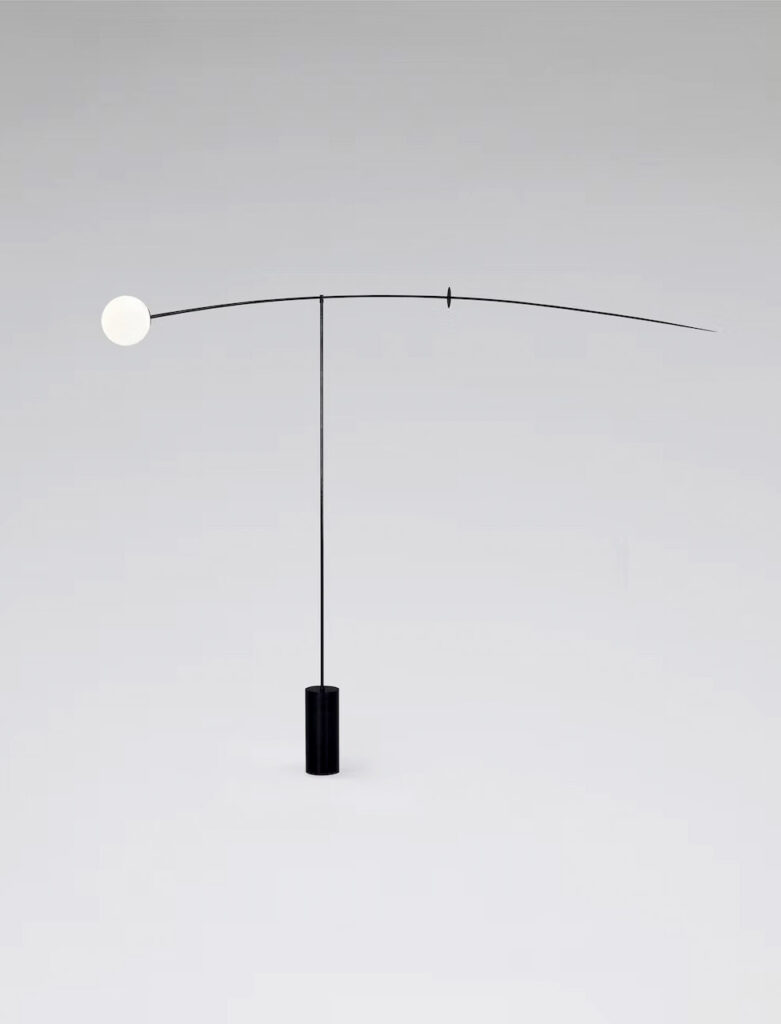
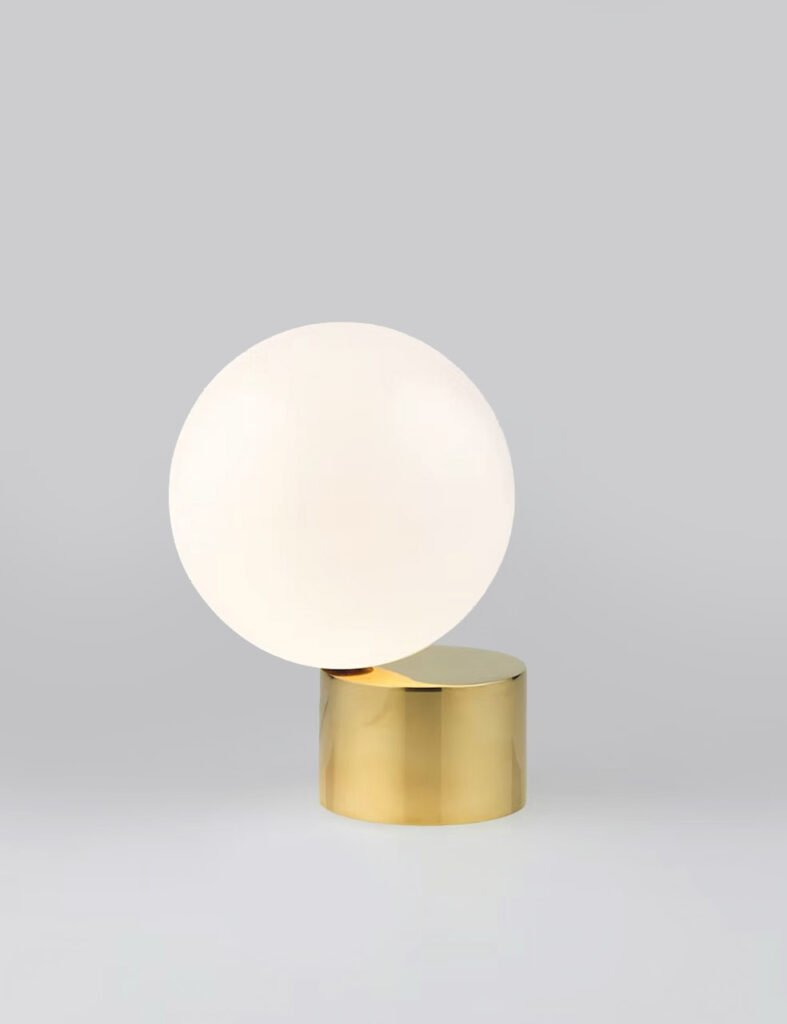
In an interview a few years ago, you once said that you think you can communicate more by putting an idea into the simplest form just to get the essence of the object. So what exactly makes the essence of an object for you?
Michael Anastassiades: I think it’s the level of information that somebody has to go through in order to arrive at something. In terms of aesthetics, the simpler an object’s form, the less information is presented for one to interpret.
In terms of its functionalities, the more you take out from the visual language of an object, the more chances that you will arrive at something that is quite kind of distilled and very pure in that way. So when it comes to that purity, is the level that you are confronted with that if you were to take one more thing from that object, the object will stop to exist because there will be nothing left basically from it.
If you arrive at that level of removing layer after layer from that kind of visual language of an object and you still manage to retain that object, then this is a success for something that is actually quite strong.
So for me, this is really the ultimate achievement to arrive at a timeless product.
Is this also the essence of aesthetics for you?
Michael Anastassiades: I think there is a fine line between timelessness and aesthetics as they can both exist, however, I would say they are slightly different and cannot be put into one category. Nonetheless, they are definitely linked.
